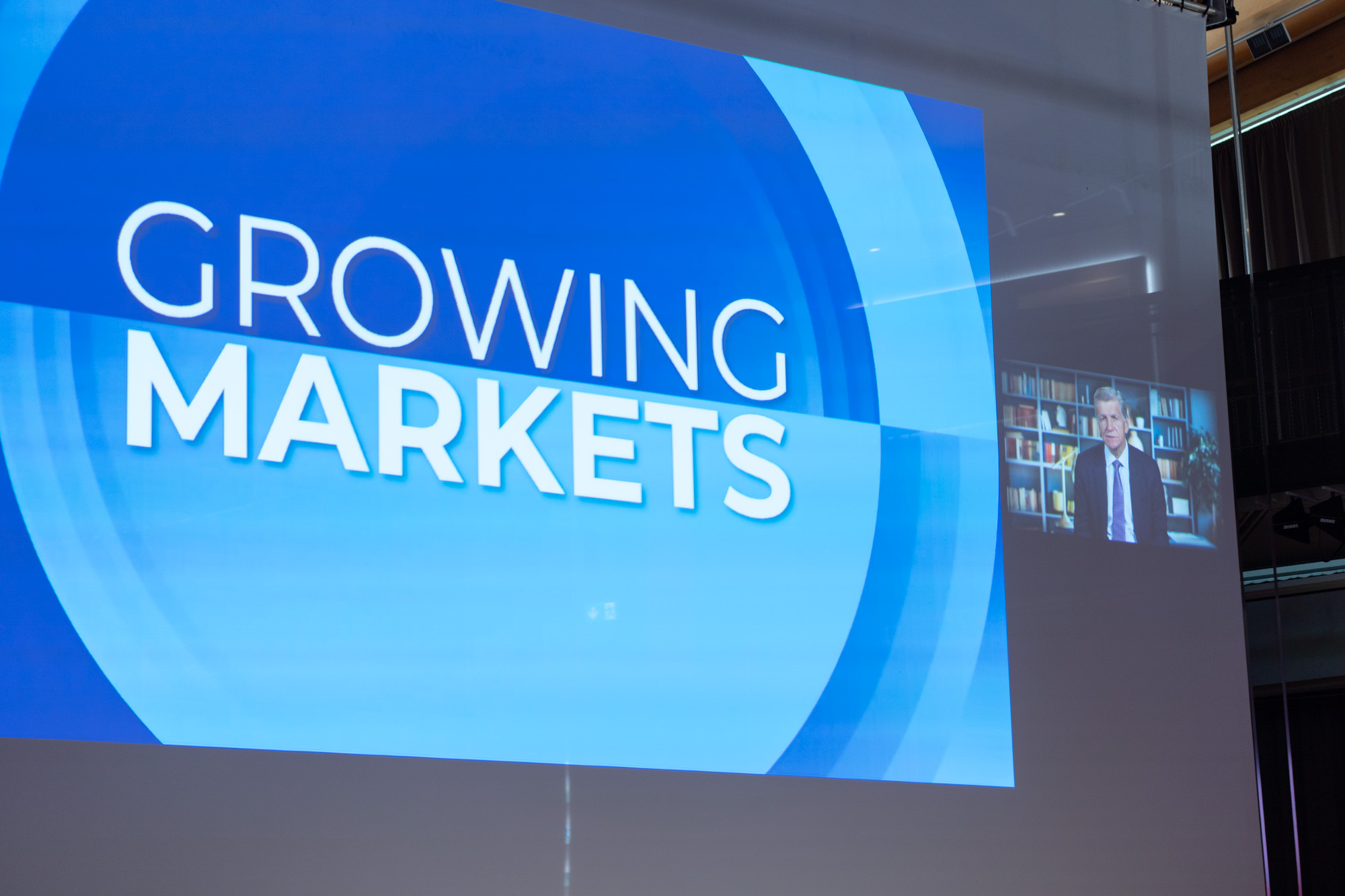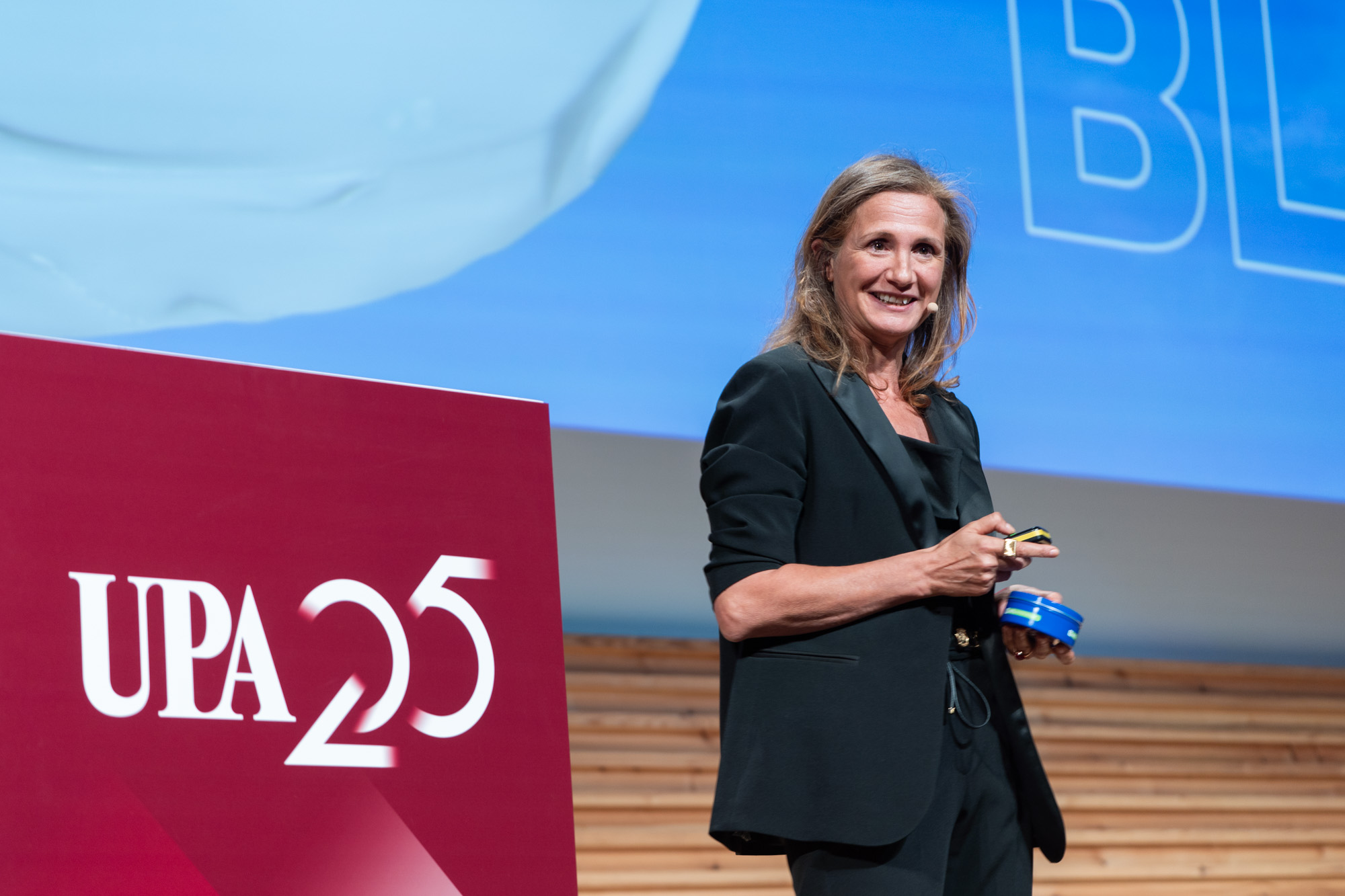UPA25 - The Value of Advertising: Measure to Grow
"2025 will end with a 3.2% growth in advertising investments, outpacing GDP Growth". This was announced by Marco Travaglia, President of UPA, at the Association’s Annual Meeting titled "The Value of Advertising: Measuring to Grow".
In his opening remarks at the event dedicated to the advertising business community, Travaglia emphasized UPA’s commitment to working collaboratively with all stakeholders in the market to ensure greater transparency—both in measuring campaign performance in today’s digital and cross-media landscape and in quantifying digital investments for brands and companies.

“Investors need access to all media channels to communicate with consumers. Major digital platforms must integrate into a homogeneous and interoperable system of metrics. Without this, investors cannot gain a complete and coherent view of their campaigns,” stated Travaglia.
To support this integration, Audicom was established—an industry-wide joint committee aimed at measuring digital media in combination with print. The formation of Audicom marked the beginning of a path toward building an integrated system of official advertising audience research.
The SIC (Integrated Communications System), quantified and monitored by Agcom, reached €19.36 billion in 2022 (latest available data), equal to 1% of GDP. Of this, 58% is made up of advertising revenue. However, out of the approximately €9 billion in estimated investments by the end of 2025 (net of roughly €3 billion in long-tail small investments), only 46% is currently covered by advertising measurement research.
“For a market that wants to grow, having visibility on less than half of its investments is highly limiting. However, with Auditel and Audicom producing data on total cross-media campaigns, the share of measurable investments based on official research could rise to nearly 90%.
"There are five key pillars for building a comprehensive media research system for advertising purposes: 1. Integration of major digital platforms; 2. A shared “cross-media contact” convention for TV and digital video campaigns; 3. A unique code for tracking video ads (CUSV, the “barcode” of video advertising); 4. Use of first-party data to give individual socio-demographic characteristics to census-based ad stream views, converting them into audience figures through specific individualization models; 5. A system-wide platform for analyzing advertising performance.
“Communication is a primary asset for companies and a driver of value creation for the country. We have greatly appreciated in recent months the tangible collaboration of all parties involved—agencies, media sellers, publishers, broadcasters, and major platforms—and I’m confident this cooperation will continue until the project’s best possible completion, bringing shared benefits for both the demand and supply sides of communication,” Travaglia concluded.
UPA25 featured talks by Marc Pritchard, Chief Brand Officer at Procter & Gamble, and Anna Grassano, General Manager of Beiersdorf South Europe.
Marc Pritchard, Chief Brand Officer at Procter & Gamble, stated: "Market growth is the best kind of growth because it generates business. Media expand markets by combining reach, effectiveness, and efficiency. There’s significant growth potential by acting on multiple fronts: expanding reach to connect with all potential consumers and making advertising accessible to every consumer segment; using data innovatively to enhance targeting of high-quality ad campaigns to the right audiences, in order to drive sales; investing in cross-media measurement to avoid excessive frequency; seizing the opportunities offered by the programmatic media supply chain; and integrating all of this through internal expertise and the best agency partnerships to ensure ROI and profitable market growth.”

In her address, Anna Grassano highlighted the key points of Beiersdorf’s communication strategy. “Working with heritage brands like NIVEA and Labello, I constantly have to challenge the effectiveness of our communication strategies and look for new ways to connect with our current and potential consumers. In recent years, skincare has become the new beauty standard, fueled by the influencer phenomenon, and we must reflect that in our communication efforts,” said Grassano.
“This led us to experiment with a new approach to the media mix and marketing campaigns that we’ve called "phygital": we use digital—especially video—with great care, but we also aim to create memorable and authentic physical experiences. I firmly believe that today, brand equity is built together—with those who create, use, and share.”



